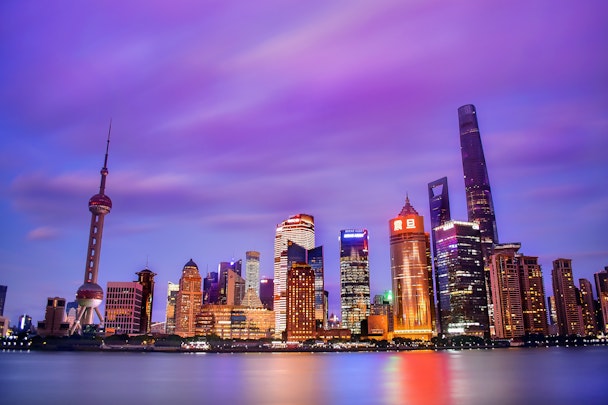Consumerisation to Covid: China’s top brands triumphed in a decade of radical transformation
China’s brand landscape has transformed dramatically in the last 10 years. As the economy rebalanced from production to consumption, Chinese consumers became the most sophisticated on the planet. During this time, the country’s most valuable brands – as ranked by BrandZ – grew their value 225%, twice as fast as the highest-performing global brands. However, while they’ve become firmly embedded in national life, they must now work on their differentiation to gain strength overseas.

Consumerisation to Covid: China’s top brands triumphed in a decade of radical transformation
Material wellbeing remains a priority for Chinese people, but wellness, new experiences and higher-order emotional needs have risen in importance – especially in the pandemic era. These changing dynamics are clearly reflected in the shift in power at the sharp end of the BrandZ China ranking.
A swift and seismic shift
In 2011, banks, telecoms and energy brands – often with the ‘China’ endorsement in their names – dominated the Top 10, with China Mobile at no.1 alongside six other state-owned enterprises (SOEs). Five subsequently dropped out, to be replaced by consumer brands in retail and technology-related categories: Alibaba and JD, alcohol brand Moutai, Huawei, and lifestyle platform Meituan. Alibaba, which became China’s most valuable brand in 2019, didn’t even appear in the 2011 ranking!
China’s leading brands capitalised on the economic and societal changes that have shaped the nation, keeping pace with evolving consumer priorities and the way they navigate their lives.
Rising affluence and aspirations
As Chinese people became better-off, they demanded premium merchandise. Brands across all categories have improved quality, and surrounded products with communication cues that evoke respect and desire. As well as driving revenue at home, premiumisation positions brands for acceptance overseas.
Consumers increasingly expect products and services to be personalised, and technology advances enable brands to target specific needs. By linking its consumer data and logistical capabilities, Alibaba can now recognise micro-needs, and rapidly fulfil them from the closest distribution centre: meaning someone ordering a cold beer could receive it in just minutes.
The rapid development of smaller cities has also created opportunities. More than 70% of Tmall’s new annual users come from lower-tier cities, while the Pinduoduo ecommerce platform has achieved national prominence by targeting lower-tier consumers’ habit of purchasing with family, friends and neighbours.
A surge in national pride
The rapid rise of China’s economy and global stature has inspired a wave of patriotism. Brands successfully capitalising on this include Mengniu, which introduced traditional Chinese-style packaging for its milk products, and the athleisure apparel brand Li-Ning which regained popularity after creating a sub-brand featuring Chinese design elements.
The thirst for experience
Now consumers can get what they want, whenever they want it, experience has become a crucial differentiator. Brands must go beyond simply eliminating friction across channels, and provide something new and distinctive – such as experiences that create memorable emotional moments or enrich physical and spiritual wellbeing.
‘Content commerce’ will be key. This involves combining appealing online content with an activation mechanism that generates immediate sales. Short-video sharing apps like Douyin (TikTok) often provide opportunities to purchase items on the spot for rapid delivery.
More than making money
Having played a critical role in brand-building over the last decade, purpose escalated in importance during Covid-19. Brands have strengthened bonds with consumers by demonstrating how they make life better, healthier, and more enjoyable. Tencent, for example, recently shifted from emphasising connectivity to advancing ‘Value for users, tech for good’. Going forward, being ‘human-centred’ will matter more, with individuals gravitating to brands that respond to higher-order needs such as self-expression.
The difference deficiency
BrandZ data shows that consumers see Chinese brands as less ‘different’ as the years go by; a concern, as increased choice and purchasing power make differentiation vital. To accelerate growth, at home and globally, brands must push their innovation and creativity – not characteristics often associated with China 10 years ago – to stand out.
What Chinese brands have achieved over the past decade is remarkable: evolving from companies that fabricated products for Western consumers, to world leaders and innovators. Sustaining this will require the ability to anticipate consumer wants and needs, and make bold changes if necessary. Above all, they must demonstrate priorities that simply didn’t carry much weight in 2011: acting responsibly toward the environment, treating customers, employees, and suppliers fairly, and contributing to the welfare of Chinese society.
Elspeth Cheung is global BrandZ valuation director, Kantar.
